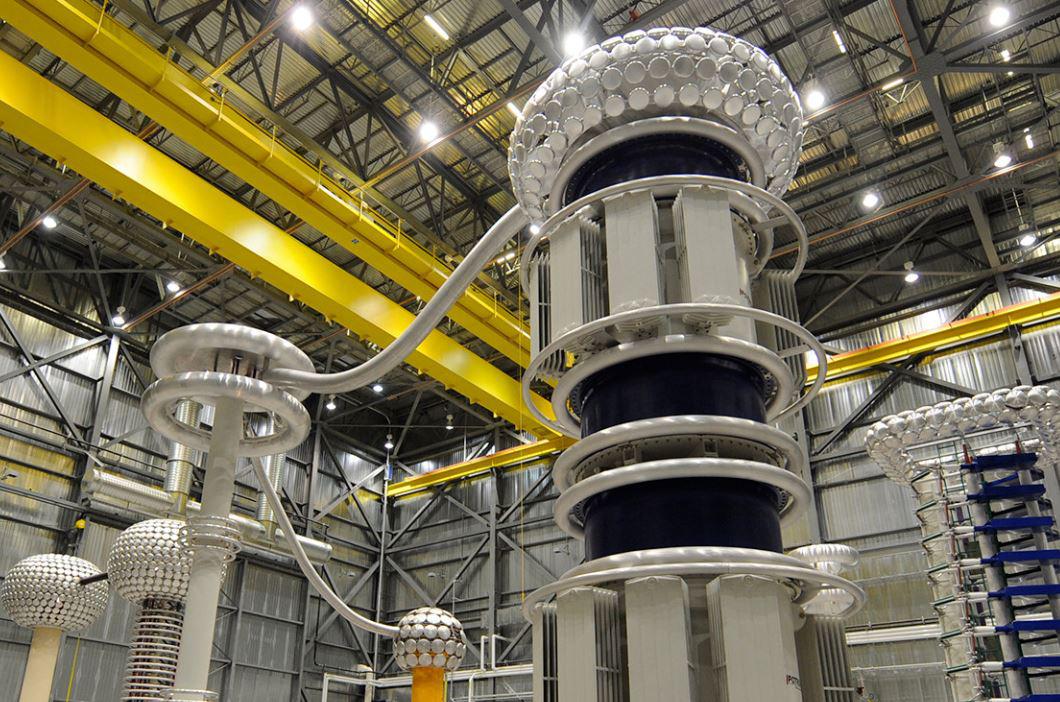What Is the Purpose of a High Voltage Test?

The power of electricity is inarguable, which is why it helps to do such amazing things in powering our cities. The other side of the coin is the potential for electricity to cause damage, which is particularly hazardous for humans. For this reason, electrical industry standards are designed to protect someone using equipment from potentially dangerous electricity discharges, which takes the form of safety requirements related to design and production. One of these safety requirements involves a test for high voltage, as this provides a way to understand the whether electricity poses a hazard in some circumstances – in this article, we take a look at why a high voltage test is so important.
Getting started with high voltage testing
For those already considering high voltage testing, you might otherwise know this this form of testing by a few other names, such as either a dielectric (strength) test, dielectric voltage-withstand test, flash test, high potential (“HiPot”) test or isolation test. For a bit of context before we get started, though, it should be known that circuits and equipment are usually considered ‘high voltage’ when they have a nominal voltage exceeding 1000 Volts AC or 1500 Volts DC. As you might imagine, these voltage ratings aren’t found in household appliances – high voltages are generally found in the electrical distribution network where they are used in the electrical systems for power generation, power distribution, rail networks, petrochemical refineries, electrical service and maintenance industries. If someone were to come into contact with the kind of electricity generated for these uses, in addition to being electrocuted they can also suffer serious burns. Although the testing unit itself can vary in design, they often can applied to power system voltages of up to 33kV and include a wide variety of useful features, such as voltage indicators, capacitive voltage indicators, circuit phasing equipment, insulator leakage detectors and current clamps.
How high voltage tests are applied
A high voltage test of electrical equipment covers a wide range of techniques, and this will usually depend entirely on the nature of the equipment being used and the type of test required. Generally, though, a high voltage test will be carried out using long probes to ensure a safe distance between the user and the system under test, as high voltage electricity can travel through the air and does not require a person to touch the live parts of the device. Why are high voltage tests performed, though? Generally, high voltage tests are conducted to guarantee a device can operate safely within its rated electrical conditions, which means it is effectively a way to check the effectiveness of the device’s insulation. While there are definitely a wide variety of testing forms that can be carried out on high voltage systems, the most common is voltage detection or voltage indication. This process involves checking whether a voltage is present or absent in a particular part of a high voltage system.
Do you need to conduct a high voltage test?
If you’re in an industry that involves the use of equipment that utilises or delivers large amounts of electricity, there’s a good chance that you already familiar with the ins and outs of high voltage tests. For those new to the industry, it’s a good idea to familiarise yourself with these tests in order to always maintain the right level of safety.





